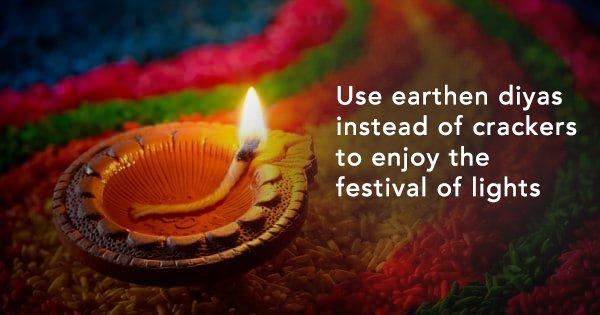The Nobel Prize is a set of annual international awards given out for several categories by Swedish and Norwegian institutions.
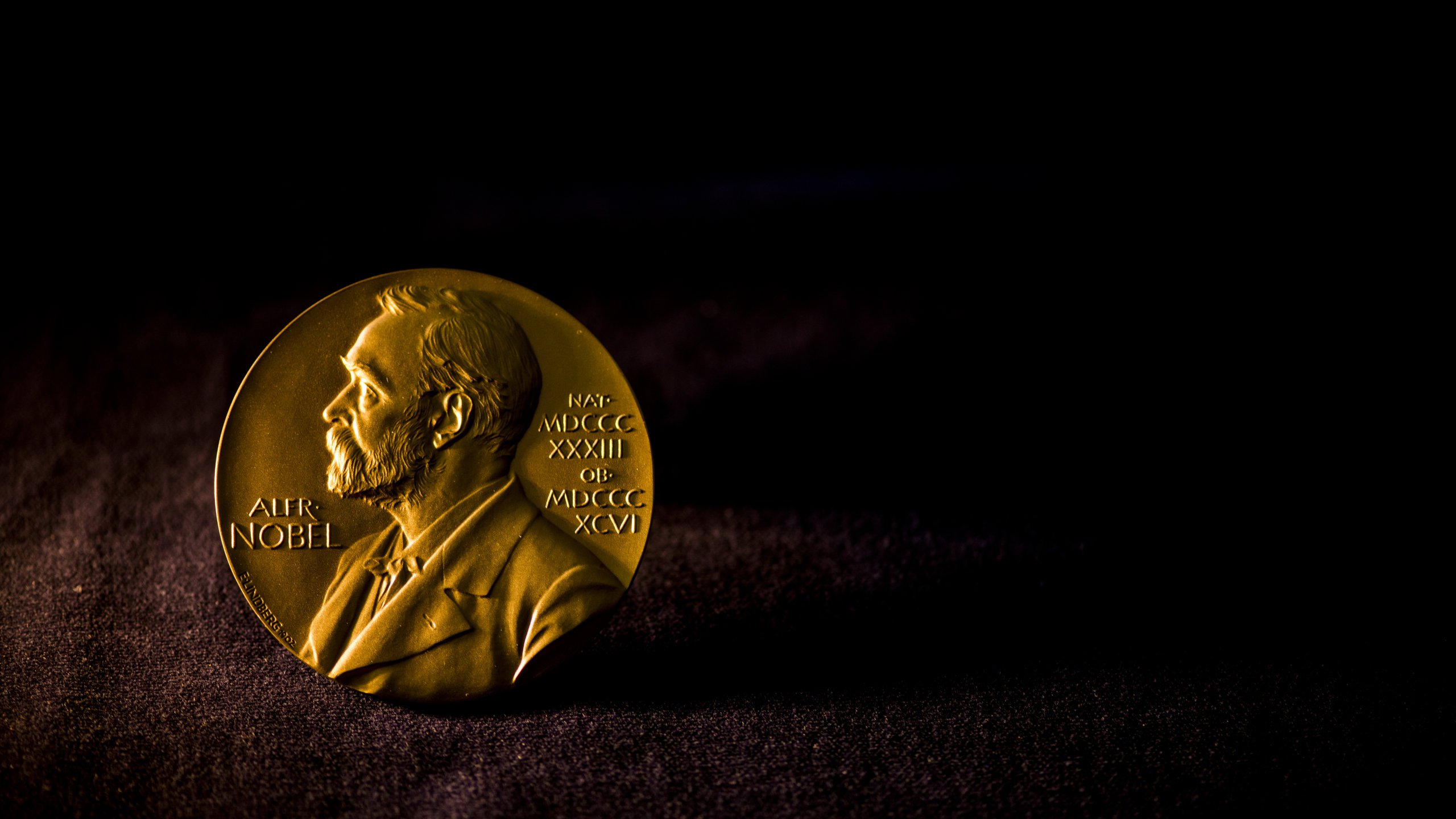
First awarded in 1901, this award has several nominations and since its inception 590 Nobel awards have been given to 935 Nobel Laureates between 1901-2018.
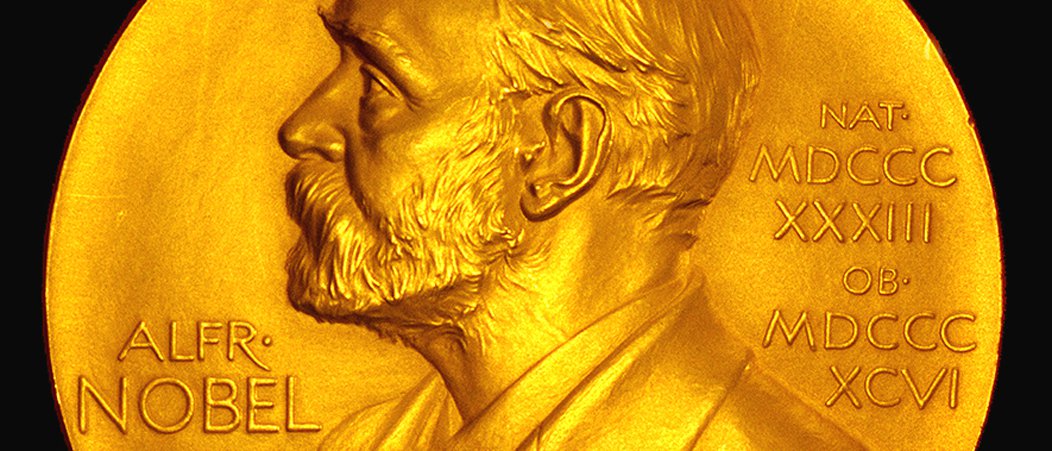
Apart from the basics, have you been wondering what do the Laureates usually get upon felicitation?
According to the award committee’s official website, the prize money attached to the award is kr 9 million (Swedish krona) or approximately ₹6,52,00,000.
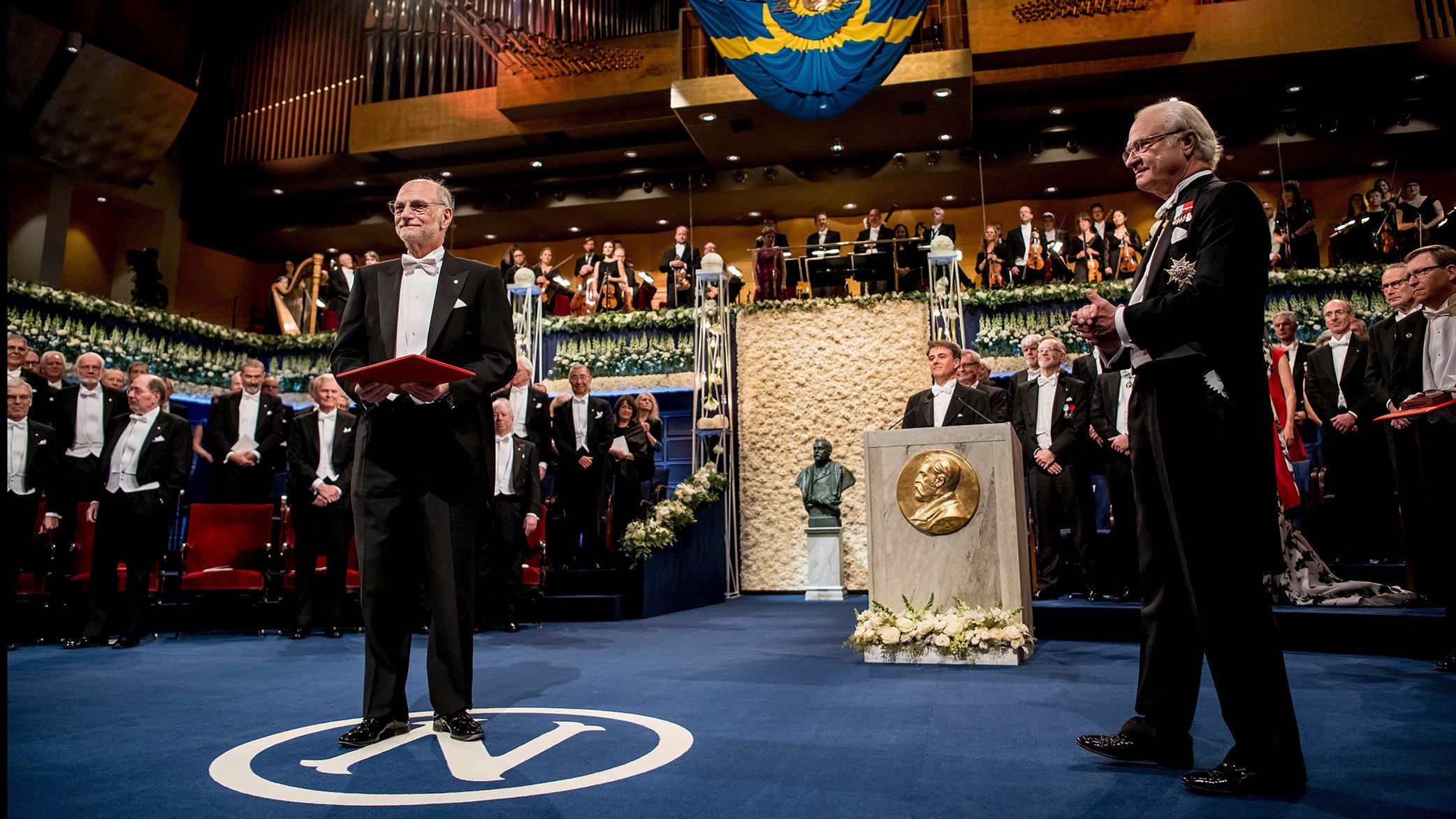
Apart from the prize money, the laureates get 2 more prizes.
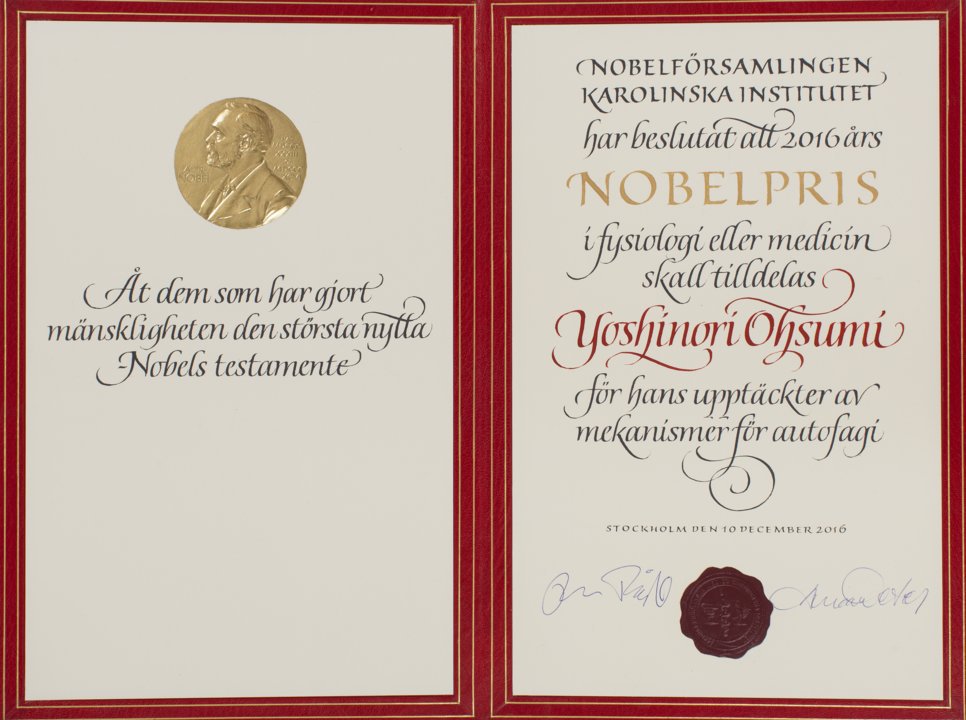
Along with that they get a Nobel medal carefully handmade with 18 carat recycled gold.
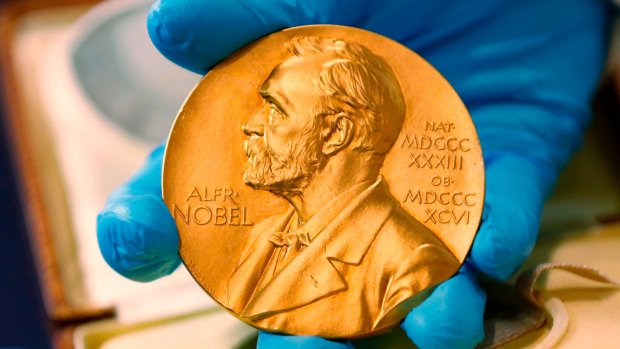
According to Britannica, once the six committees (one for each category) start selecting nominees from February 1, the process officially begins.

What is given out as annual prize money comes mostly from Alfred Nobel’s wealth, which he left behind but not before converting all of that into a fund and safe securities.
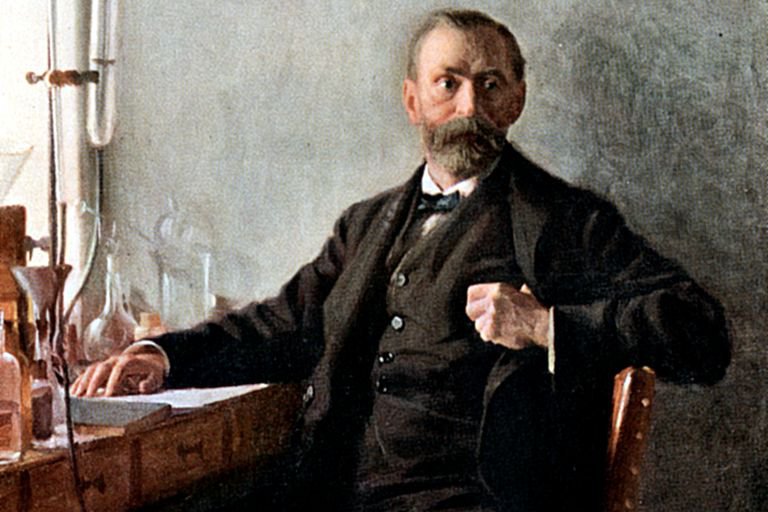
The traditional ceremony that we see today has been inspired by a practice in ancient Greece. Back then, laurel wreaths were awarded to victors as a sign of honour – both in athletic competitions and in poetic meets.







